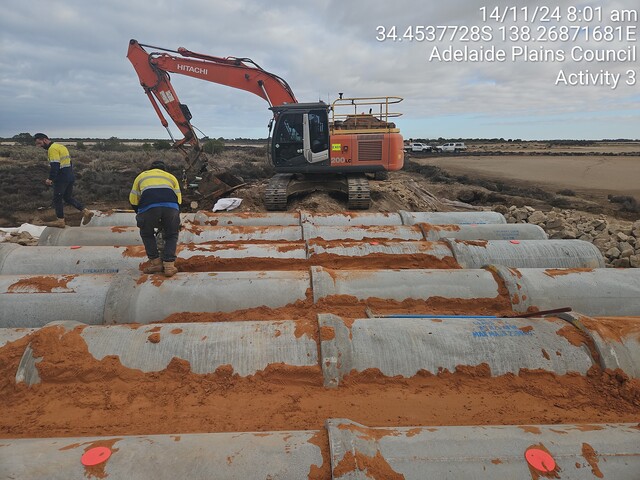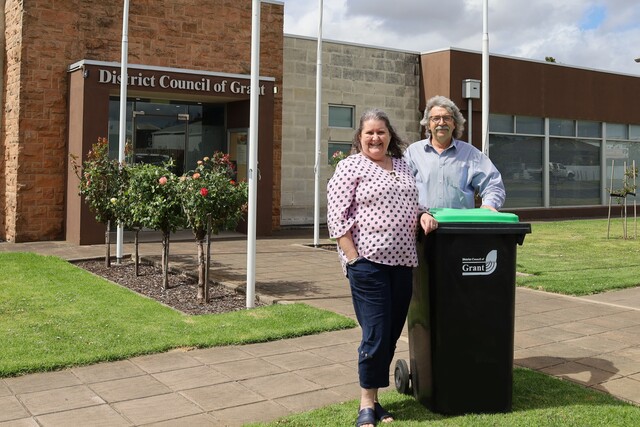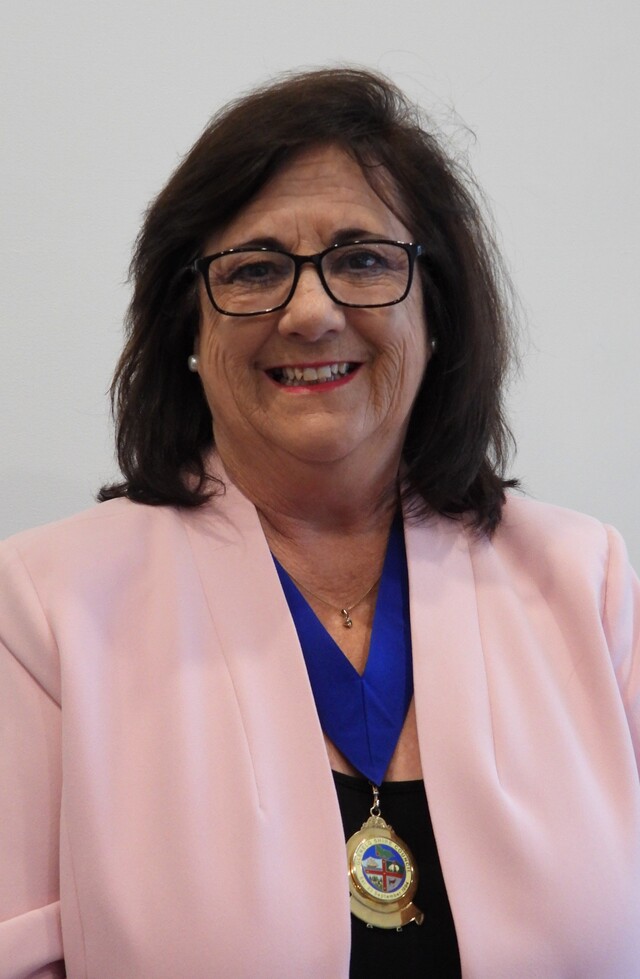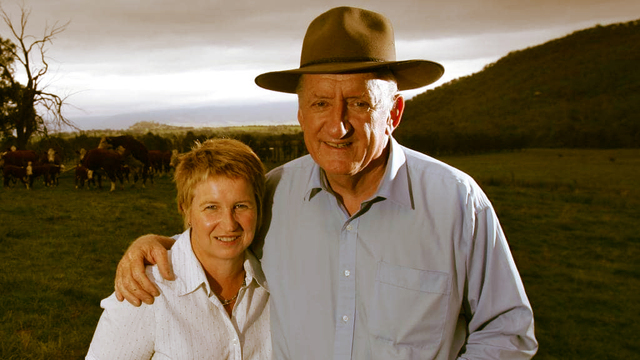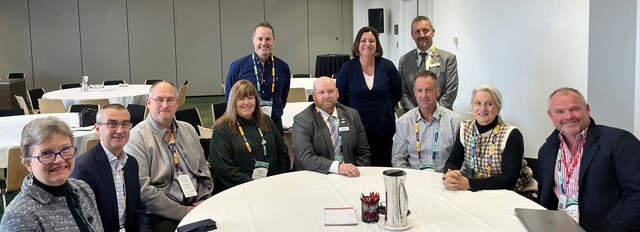After three years of development and community consultation, Darwin City Council’s Environmental Management Plan (EMP) was launched last month.
At the launch on 16 June 2007, Acting Lord Mayor Dorothy Fox urged Darwin residents to “get into green” and celebrate a major milestone in the protection of the local environment.
“Darwin is perhaps Australia’s only capital city that is still able to boast about the abundance of native fauna, clean air and pristine waterways,” Alderman Fox said. “Darwin City Council is committed to ensuring these resources are managed in a sustainable framework.”
The EMP has been structured around five management areas – water, land, air quality, waste and biodiversity – which were identified as key during the consultation process. Within each of these management areas, issues and action plans have been identified and prioritised.
As part of the development of the EMP, an Atlas presenting known environmental, recreational, cultural land use values and issues, was prepared to ensure continued community input in:
- the effective development of the Plan, so that the plan represents the views and opinions of all Darwin residents
- identification of values to be protected by the Plan, so that Council is aware what residents would like to see protected now and into the future
- identification of environmental issues in neighbourhood areas, so that the plan includes all concerns and problems residents would like Council to know about
- development of rehabilitation/remediation action programs, which reflect the community’s wishes. The Atlas is based on the city’s 24 identified hydrological catchment boundaries, with each representing a Catchment Management Unit. It provides Darwin residents with a summary of their living environment, as we know it.
This extensive community consultation was a key factor in developing both the Atlas and EMP to protect Darwin’s coastal, urban and rural environments now and for the future.
The EMP recognises that environmental sustainability can only be achieved through the individual actions of Council, Darwin residents and visitors and is the product of partnerships with the community, environmental organisations, government, business and industry.



